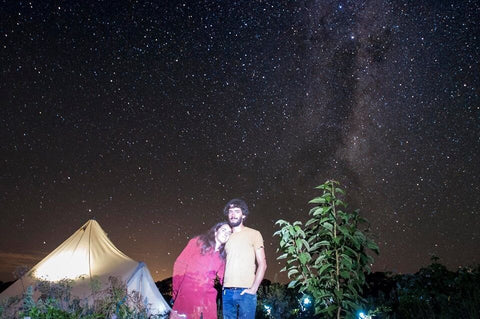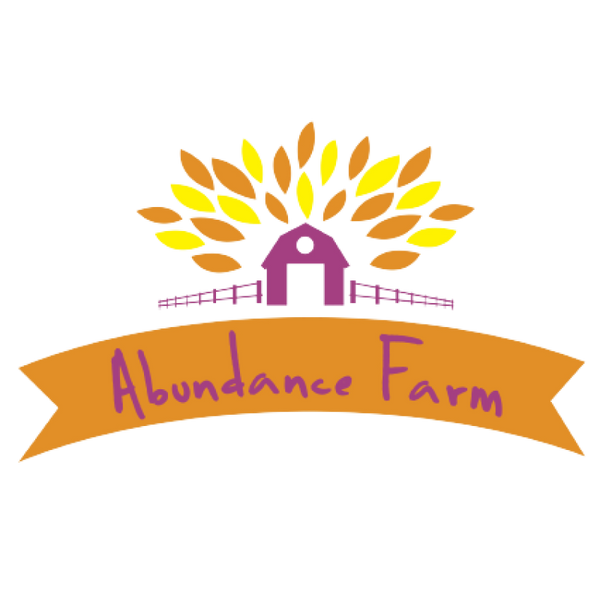About Us
 Kali, Alex & Charlie the Cherry Tree
Kali, Alex & Charlie the Cherry Tree
Photo by Javier Rincon
We, Alex & Kali, started Abundance Farm in 2015 with the help of our friends and many volunteers from around the world. We were imagining this project for years and to make it happen is a real adventure full of surprises and challenges. We are learning how to be good farmers a little bit more everyday.
We care about Nature and the environment. That's why we don't use chemicals to grow food or as pest control. We are off-the-grid and solar-powered at the moment. We collect our rain water as well as the water from our springs and dams.
We want to be self-sufficient, sustainable and regenerative. One of our main objective is to increase the wildlife and biodiversity on our land. For this purpose, we've already planted 3500 native trees and plants that are fenced off from our cattle.
 Sheet mulching with Kali, Alex & Pepo at Abundance Farm
Sheet mulching with Kali, Alex & Pepo at Abundance Farm
Abundance Farm is based around Permaculture Principles*. These are :
-
Observe and interact :
By taking time to engage with nature we can design solutions that suit our particular situation. - Catch and store energy :
By developing systems that collect resources at peak abundance, we can use them in times of need. - Obtain a yield :
Ensure that you are getting truly useful rewards as part of the work that you are doing. - Apply self-regulation and accept feedback :
We need to discourage inappropriate activity to ensure that systems can continue to function well. - Use and value renewable resources and services :
Make the best use of nature's abundance to reduce our consumptive behaviour and dependence on non-renewable resources. - Produce no waste :
By valuing and making use of all the resources that are available to us, nothing goes to waste. - Design from patterns to details :
By stepping back, we can observe patterns in nature and society. These can form the backbone of our designs, with the details filled in as we go. - Integrate rather than segregate :
By putting the right things in the right place, relationships develop between those things and they work together to support each other. - Use small and slow solutions :
Small and slow systems are easier to maintain than big ones, making better use of local resources and producing more sustainable outcomes. - Use and value diversity :
Diversity reduces vulnerability to a variety of threats and takes advantage of the unique nature of the environment in which it resides. - Use edges and value the marginal :
The interface between things is where the most interesting events take place. These are often the most valuable, diverse and productive elements in the system. - Creatively use and respond to change :
We can have a positive impact on inevitable change by carefully observing, and then intervening at the right time.
*These principles are coming from Permaculture: A Designer's Manual, Bill Mollison, Tagari.
 Alex & Kali, very proud of the native forest planted in 2016
Alex & Kali, very proud of the native forest planted in 2016
in homage to Bill Mollison, co-founder of Permaculture
